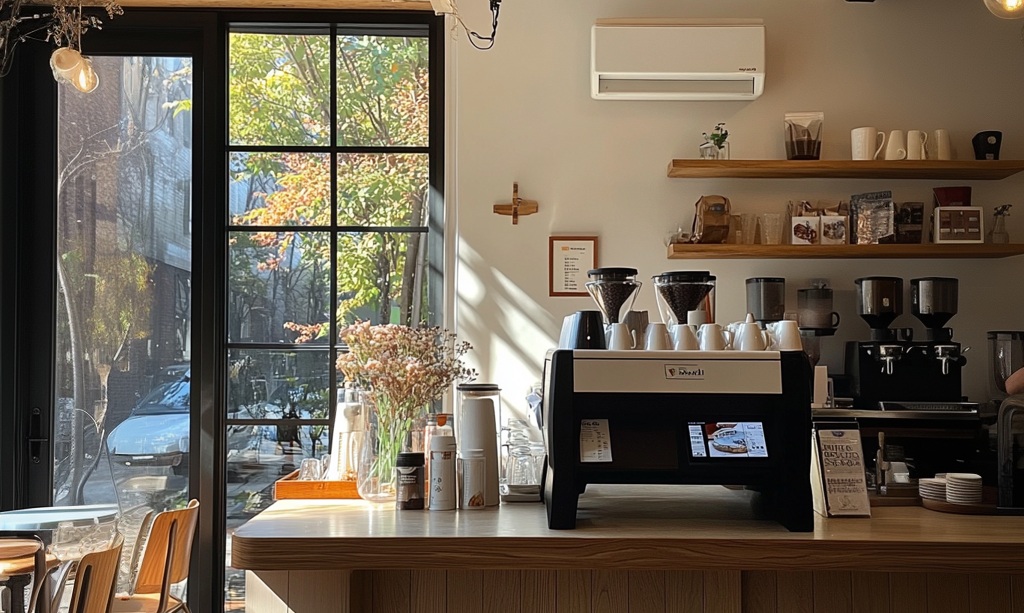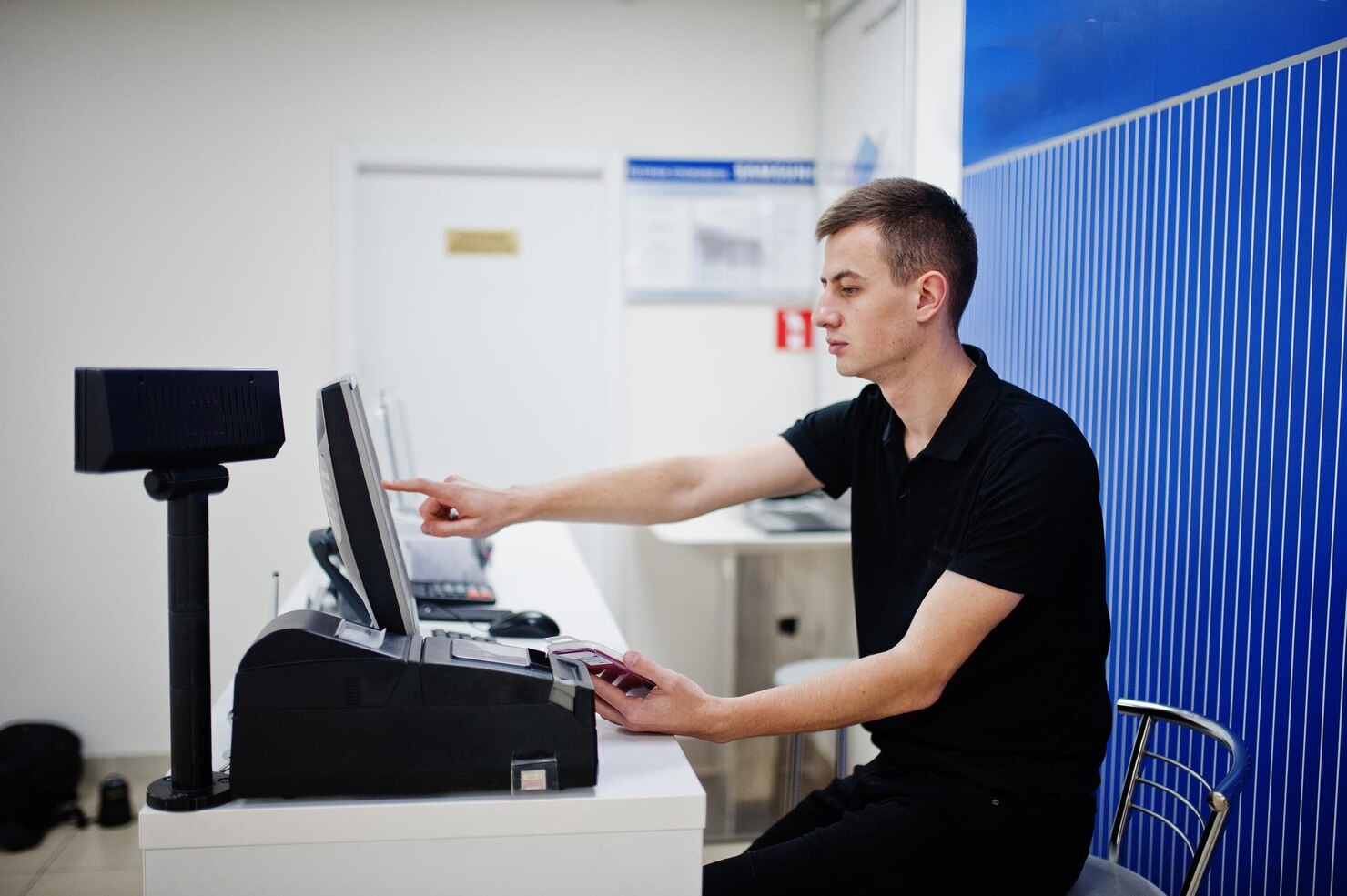
Revolutionizing Retail: Why a POS System for Small Business Matters More Than Ever
Retail has undergone a massive change in recent years.
It challenged small businesses to stay nimble in a fiercely competitive environment. From rising consumer expectations to the relentless push of e-commerce, the landscape now demands swift, data-driven approaches.
It is not enough for neighborhood shops and independent retailers to just keep pace with large chains; they must find innovative ways to delight customers on their terms.
At the same time, the conversation around point-of-sale solutions has moved well beyond cash registers. A modern system is no longer viewed as just a tool for processing transactions.
Instead, it is part of a broader strategy to bridge online and in-person shopping, capture meaningful data, and optimize daily operations. By adapting to this changing retail climate, small businesses can compete in personalization, customer loyalty, and operational efficiency.
Embracing Digital Transformation
Digital transformation may sound like a buzzword, but it has real implications for small retailers who seek to remain viable.
Today, people shop with smartphones and tablets, creating touchpoints across physical and digital spaces. When retailers incorporate modern technology, they offer shoppers multiple avenues to interact with the brand.
Customers might browse a product on a website, check availability in-store, and then pick it up in person. This seamless blending of channels keeps brands relevant and encourages repeat business.
Alongside consumer-facing benefits, technology helps business owners gain insights into sales trends, inventory levels, and seasonal fluctuations. These insights allow them to make better pricing, staffing, and marketing campaign decisions.
Even social media and online reviews, though not traditionally part of a transaction, become easier to manage when you have the proper infrastructure in place.
By using sophisticated software to analyze what resonates with customers, small retailers can focus their efforts where it truly matters.
Why a Modern POS System Is Essential
When talking about a small business POS system, many people immediately think of ringing up a sale. However, the right solution is far more comprehensive.
A modern platform integrates with accounting tools, loyalty programs, and e-commerce websites, providing an all-in-one control center for the entire operation. By consolidating tasks that used to be manual, the business gains efficiency, and fewer errors creep into processes.
Real-time sales tracking is another key advantage.
Instead of waiting until the day’s end to reconcile, owners can see exactly which products are moving at any given moment. This immediate visibility into what sells well and what lags behind can inform last-minute promotions, restocking decisions, or even product development down the line.
In a market where trends shift quickly, a delay in recognizing sales patterns could leave excess stock on the shelves and tie up capital needlessly.
Customer experience also improves with a robust system.
Quick and flexible checkout options reduce wait times and frustration, including mobile payments or contactless transactions. Some POS platforms can even personalize receipts, recommend products based on past purchases, or automatically enroll buyers in loyalty programs.
These small touches often resonate with shoppers, encouraging them to return or recommend the store to friends.
Considering all these factors together, a POS solution does more than handle payments; it forms the backbone of an efficient, customer-centric operation.
Overcoming Common Implementation Challenges

Even if the benefits of a modern system are clear, some small businesses hesitate to adopt new technology due to perceived cost or complexity.
Many fear a steep learning curve, worrying that staff may struggle with new procedures or that technical glitches could grind operations to a halt.
One practical approach is to start with clear, incremental goals. Rather than deploying every feature at once, focus on core sales and inventory tracking, then add modules for loyalty programs or advanced analytics as your comfort level grows.
Cost is another concern. Some solutions charge monthly fees based on transaction volume, while others offer a one-time purchase model but require additional payments for software updates or customer support.
Research is essential here. Looking at online reviews, seeking recommendations from other retailers, and scheduling demos can help you compare pricing structures and feature sets. Once you narrow down your choices, examine the vendor’s track record for reliability and response times.
A long contract might seem daunting, but it could also guarantee stable pricing and ongoing assistance.
When it comes to training staff, short, focused sessions often work better than marathon days crammed with information. Break up training into modules that address specific tasks, such as processing returns or applying discounts. Provide simple how-to guides or videos so employees can quickly review essential steps on the job.
With the proper support from the vendor and a well-structured training plan, the team can adapt to the system more smoothly than you expect.
Conclusion
Technology has reshaped retail in ways unthinkable just a few decades ago.
Small businesses that embrace digital tools, including robust POS systems, position themselves to stay competitive in a highly connected world. These businesses can punch above their weight and carve out a loyal customer base by streamlining operations, capturing real-time data, and offering a more engaging customer journey.
Still, adopting new technology requires strategic thinking and practical planning. From comparing different pricing models to ensuring staff feel comfortable with each function, a methodical approach helps mitigate the hurdles of change.
Once in place, however, a modern POS solution offers wide-ranging benefits, from accurate sales tracking to personalized customer interactions.
That level of adaptability can be the difference between a business that merely survives and one that truly thrives.















